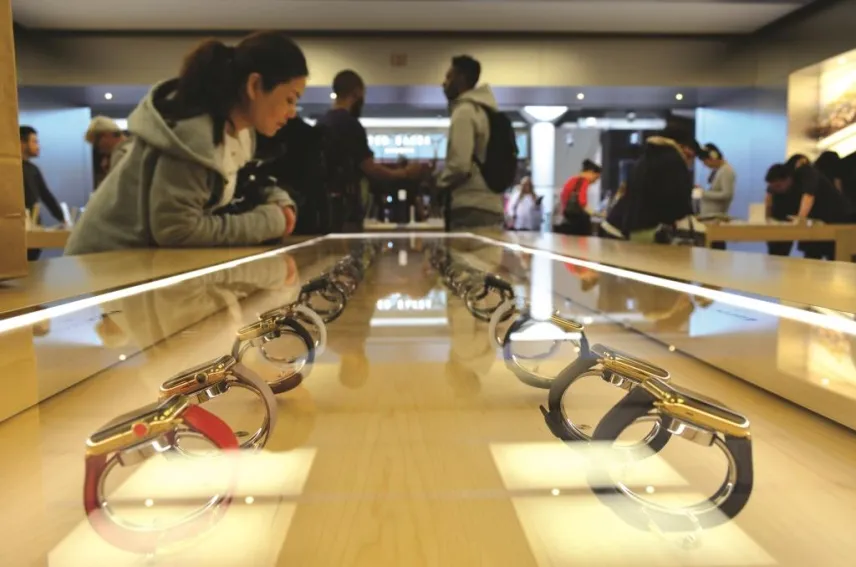
Are Asian banks ready to take on wearable technology?
Only a small percentage of banks currently support wearables.
If banks and other financial institutions want to tap into the Apple Watch-wearing crowd, then they would need to straddle the fine line between delight and disturbance. Wearable technology promises a huge potential for financial institutions to increase customer engagement and generate new business, according to analysts. But the round-the-clock attachment of these devices and limited screen space require banks to adopt smoother alert systems.
Currently the primary usage of wearables by financial institutions is alerting, says Andrew Parker, digital banking specialist at Fiserv, but those who ride on this bandwagon should focus on quick and simple actions due to small screen sizes, such as replying ‘pay’ in response to a bill notification alert. Frequency of alerts should also be considered to prevent customer backlash.
“While the benefits of enabling the delivery of alerts to wearable devices are undisputable, a challenge for banks is to choose the solution which ensures the right frequency of issuing such alerts since most of these devices are worn on the wrist,” says Parker.
Wearables are beginning to become a key focus in banking, according to a Misys survey, which 72% of banks say wearables are on their roadmap for the next three years. Around 15% of banks already have or are currently rolling out wearable apps, and 66% say proximity payments are the most attractive capability of wearables.
Only a small percentage of banks currently support wearables since it is not easy to reengineer processes around the customer, says Balazs Vinnai, general manager, digital channels at Misys.
Banks in the more developed parts of Asia such as Singapore and Malaysia are leading the way, having already launched or are currently launching banking apps or extension apps for wearables such as Apple Watch, says Nitin Bhas, head of research at Juniper Research. “We expect this to increase over the next 12 month; with other emerging markets following soon. However, as in any other markets, these will be initially restricted to basic alert functionalities such as account balance,” says Bhas.




![Lorem Ipsum [ABF 1]](https://cmg-qa.s3.ap-southeast-1.amazonaws.com/s3fs-public/styles/exclusive_featured_article/public/2025-03/a_hand_pointing_to_a_futuristic_technology_5b87c9d0e3_1.png.webp?itok=2w0y1WhS)


![Cross Domain [Manu + SBR + ABF + ABR + FMCG + HBR + ]](https://cmg-qa.s3.ap-southeast-1.amazonaws.com/s3fs-public/styles/exclusive_featured_article/public/2025-01/earth-3537401_1920_4.jpg.webp?itok=WaRpTJwE)







 Advertise
Advertise

